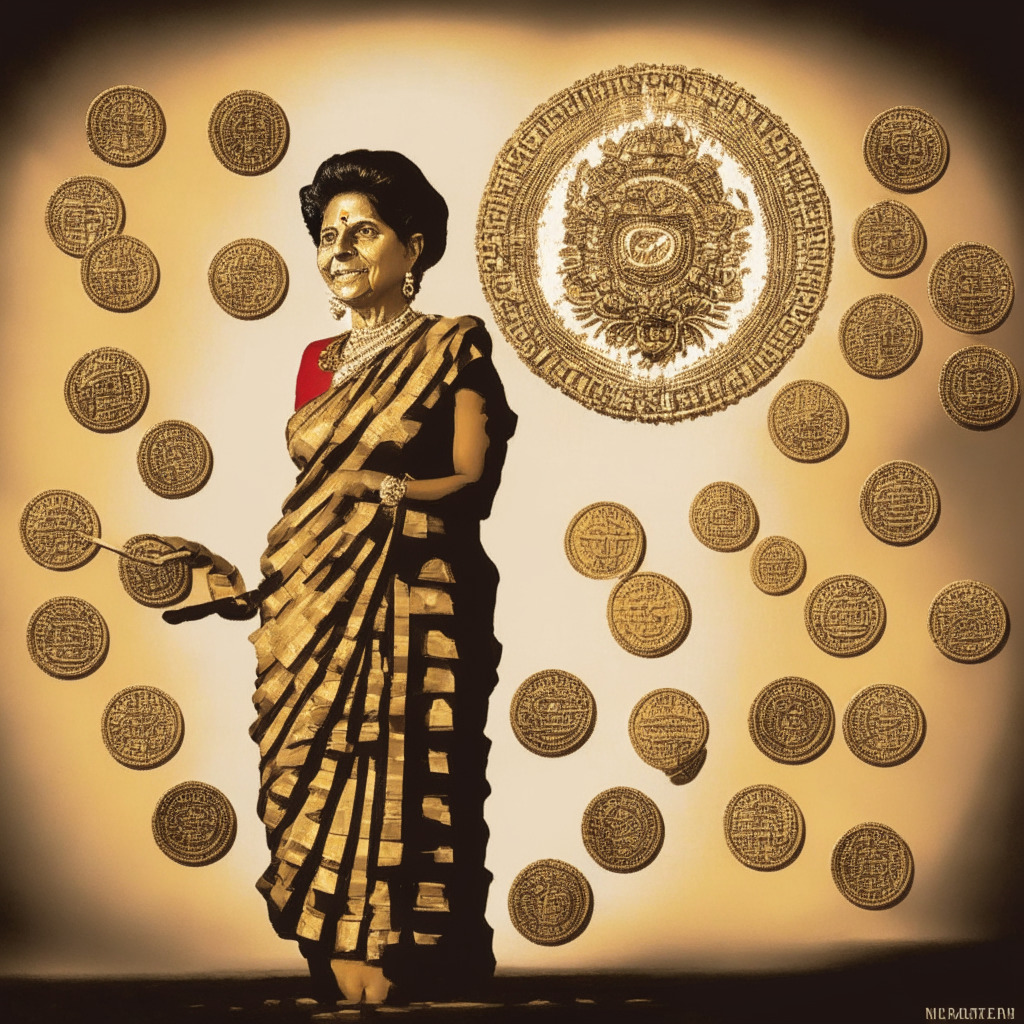The intricate dance of regulatory compliance and innovation continues, epitomized by the ongoing case of the United States Securities and Exchange Commission (SEC) versus Ripple Labs. The courtroom drama unfolding at the U.S. District Court for the Southern District of New York gained momentum in a turning point back in December 2020 when the SEC accused Ripple and two of its executives, CEO Brad Garlinghouse and co-founder Chris Larsen, of an unregistered $1.3 billion securities offering through selling their token, XRP, prompting an outcry in the crypto community and causing several exchanges to delist XRP.
The most recent development is Judge Analisa Torres’s decision to set a jury trial for the second quarter of 2024, continuing the process for yet unruled motions. The ruling handed down by Judge Torres on July 13th, however, was a significant breakthrough. She concluded that sales of XRP on public crypto exchanges did not qualify as securities offerings, as the buyers’ profits weren’t directly tied to Ripple’s growing success.
However, Ripple isn’t entirely off the hook. Despite the positive ruling, Ripple, along with its executives, could still face potential legal ramifications for other breaches.
The SEC isn’t taking Judge Torres’s verdict lying down. Notably, SEC Chair Gary Gensler expressed disappointment over the decision, and the commission is poised to pursue an “interlocutory appeal.” With this approach, the SEC intends to appeal specific aspects of the recent ruling while allowing other parts of the case to continue towards the upcoming trial.
The aim of the “interlocutory appeal” is to bring under review decisions made during the ongoing court proceedings in order to prevent the need for separate trials for both the SEC and the government. It highlights divisions within the Southern District of New York, suggesting the current decision has not garnered unanimous approval.
One thing is clear: the evolving landscape of blockchain technology and its regulatory implications remains convoluted. While some see regulators as the dark cloud over the wild west of cryptocurrency, others view them as necessary for normalizing and integrating blockchain into mainstream finance. Legal disputes like these underline the blurred boundaries that remain as this digital revolution continues and the desperate need for concise and well-defined regulatory measures. Nonetheless, we join the entire crypto community in watching this case with bated breath for what it will mean for the future of crypto regulations.
Source: Cryptonews




